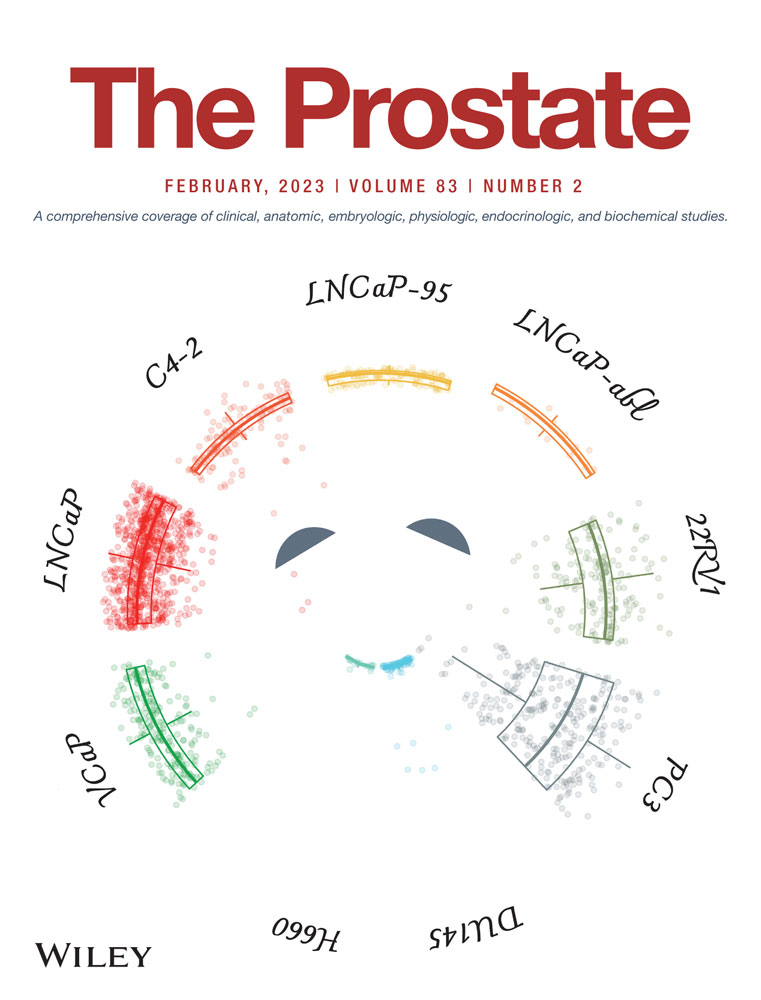18F-DCFPyL positron emission tomography/magnetic resonance imaging-guided ultrasound fusion biopsy is an identical pathway in prostate cancer diagnosis
Shaoxi Niu, Yachao Liu, Xiaohui Ding, Baixuan Xu, and Xu Zhang contributed equally to this study.
Abstract
Background
Prostate biopsy is still unavoidable in patients with a rising prostate-specific antigen even though multiparametric magnetic resonance imaging (MRI) is widely used. 18F-DCFPyL positron emission tomography (PET)/MRI was proved to be promising both in sensitivity and specificity. But its guiding fusion biopsy and the advantages in the diagnosis of prostate disease is seldom reported. This study aimed to verify the feasibility and advantage of 18F-DCFPyL PET/MRI-guided fusion targeted biopsy (TB) over whole-mount histopathology (WMH) for prostate cancer diagnosis.
Methods
A prospective study of 94 biopsy-naïve patients were conducted using 18F-DCFPyL PET/MRI scans and scored on a scale of 1–4. Systematic biopsy was performed for all patients. Patients with suspicious lesions also underwent PET/MRI/transrectal ultrasound-guided fusion biopsy. Patients with pathologically confirmed cancer underwent surgery and WMH sections. Systematic biopsy was compared with TB for the detection of index tumors (ITs). Significant cancer was defined as Grade group (GG) 2 or higher no matter the length of the cancer core.
Results
18F-DCFPyL PET/MRI detected 30/94 (32%) patients with a score of 4, all of whom were verified to have prostate cancer. While it detected 10 patients with a score of 1 (10.6%), they were shown to have no cancer. The sensitivity and specificity of 18F-DCFPyL PET/MRI were 94.4% and 75%, respectively, if images with a score of 3 are defined as positive. Systematic biopsy detected 18% (203/1128) samples as prostate cancer; conversely, TB detected 113 samples out of 259 scores (43.6%). A statistically significant difference was seen between the PCa detection rates by TB and SB (p < 0.001). All targeted lesions were pathologically proven to be the IT on WMH.
Conclusions
In biopsy-naïve patients, the ultrasound fusion biopsy targeted by 18F-DCFPyL PET/MRI is an identical pathway for the detection of prostate cancer.
CONFLICT OF INTEREST
The authors declare no conflict of interest.
Open Research
DATA AVAILABILITY STATEMENT
The data that supporting the findings of this study are available upon reasonable request.




